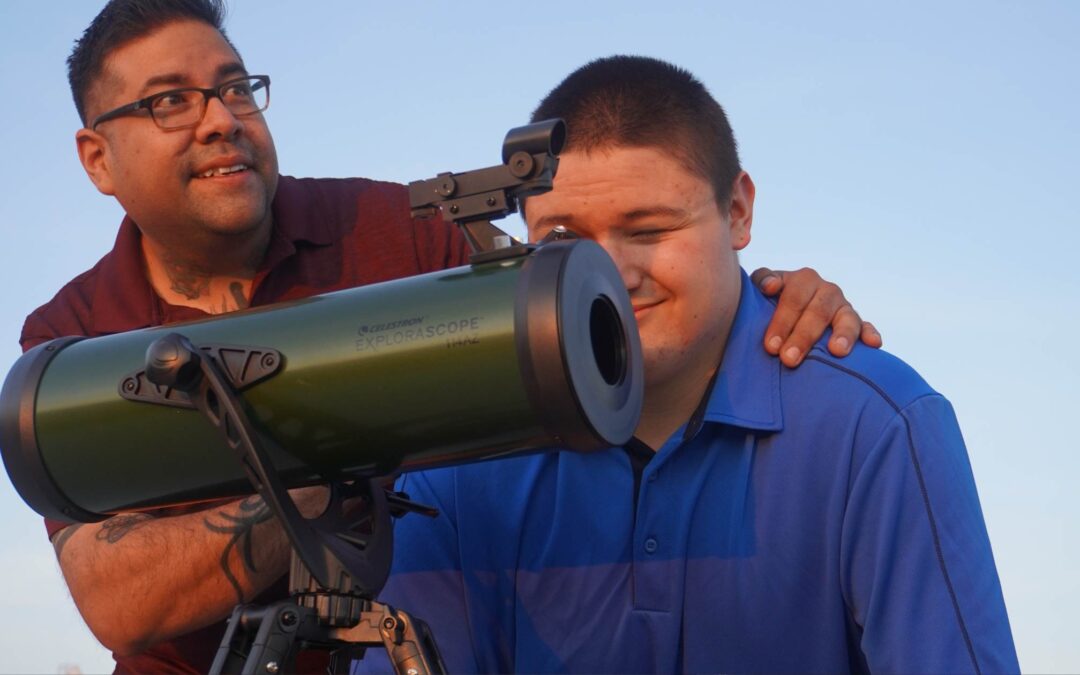Have you ever wondered about the science behind flight? The basic principles of flight, which include many elementary physics concepts, can be easily observed in the structure of an airplane. There are four main forces involved in flight. Lift is caused by the variation in air pressure when air flows under and over an airplane’s wings. It is opposed by weight, or the force of gravity, pulling downward. Thrust is caused by the action of the propellers moving the plane forward. Opposed to that is drag, caused by air resistance. If lift is more than weight, the plane will rise. If thrust is more than drag, the plane will slowly accelerate.
Airplane Wings and the Principles of Flight
Airplane wings are designed to take advantage of lift. They are shaped so that air has to travel farther over the top of the wing than underneath it. The reason for this is explained in Bernoulli’s Principle, which states that an increase in the velocity (speed) of air or any fluid results in a decrease in pressure. When the air has to travel farther over the top of the airplane wing, it must also travel faster, which results in lower pressure. The shorter distance under the wings results in higher pressure, causing the airplane to move upward.
You can demonstrate Bernoulli’s Principle with a piece of notebook paper. Fold the paper in half the short way, so that you have a tent shape. Now, set the tent on a table and blow very carefully (slow and firm) through one of the open ends. The sides of the tent will stick together but the tent won’t collapse. This occurs because the velocity of your breath is more than that of the air outside of the tent, causing lower pressure. The air outside the tent has higher pressure and pushes the sides of the tent inward.
Airplane Design and the Principles of Flight
Other major considerations in airplane design are the three axes of motion: pitch, roll, and yaw. Pitch is the up or down movement of an airplane’s nose. Airplanes are built with horizontal stabilizers in the rear to control the pitch. These stabilizers have hinged sections called elevators. The pilot can change the position of the elevator to raise or lower the nose of the airplane. Roll, the second axis of motion, is the rolling of an airplane from side to side, which causes the wings to go up or down. The hinged sections at the rear of each wing, called ailerons, help control the roll. The ailerons work in opposition: if one goes up, the other goes down. The third axis of motion, yaw, is the motion of an airplane’s nose from side to side. The vertical stabilizer and the rudder in the tail are used to control the yaw.
For more information on flight, check out:





